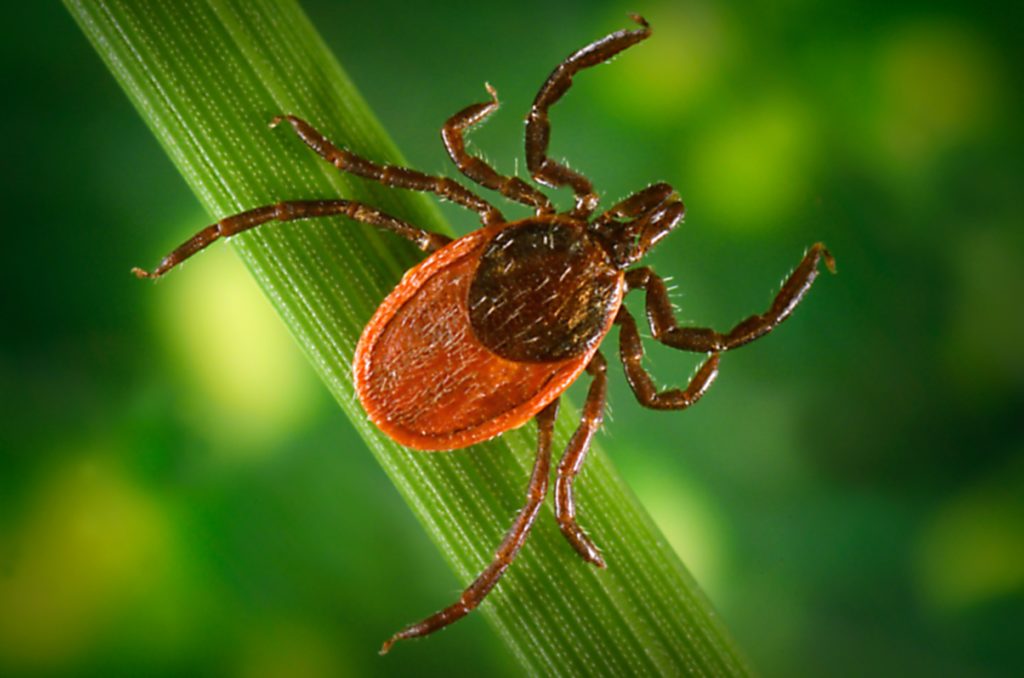Tick borne infections and control
Ticks are ecto parasites that are fairly common in dogs. The severity of tick infestation depends in the region that the dog lives in and how often is the use of tick control medication. In a study done by Tsai-jung and et al found out that 63.7 % of dogs had history of tick infestation. Dogs that never had tick control were more likely to be infested by ticks. Dogs that were treated for tick control, those living indoors and those that had less than once a week walk, were less likely to be infested by ticks.
Ticks attach to your dog by inserting their mouth parts onto the skin. Other may produce a sticky, glue-like substance that helps them stay attached on to the skin of the host. They are big enough to spot and feel like small bumps when the owner run their hands over the dog’s body, especially around the neck, ears, head and feet. They feed on the dog’s blood, transmitting a number of diseases and fall off when they have had enough. Pretty much these are parasites scavenges on your dog, causing depredation of otherwise good health.
Signs your dog has ticks
If you see a tick in your home, most probably your dog must have brought it in and there may be more that are still stuck on their skin. A dog may show varying degree of symptoms that include fever that can last anytime from 24 hrs to weeks. Check out for general weakness or lethargy, loss of appetite, in activity, unusual panting, weight loss, pain and joint stiffness. Dogs tend to lick the bitten area or shake their head constantly if the tick is burrowed in the ear canal. These symptoms call for dog to be rushed to the veterinarian as soon as possible.
Diseases caused by ticks
There are a number of diseases caused by ticks and they can be life threatening if left untreated. The common tick borne diseases in this region are babesiosis, ehrlichiosis, tick paralysis and haemobartonellosis.
How to safely remove ticks
It is essential to remove ticks as soon as you spot them as they can transmit tick borne infections. Ticks may fall off when you brush your dog. The best way to remove a tick is to twist it off carefully. It is quite difficult to prevent your dog from exposure of ticks since they enjoy outdoor activities like walks and hikes. Make it a routine to thoroughly inspect your dog for any ticks or signs of bites such as redness and irritation.
There are a number of products that can be used for tick control in dogs. Regular use of tick control products like spot-on treatments and tablets to repel or kill ticks is essential. Spot on are effective for about 4 weeks in keeping the ticks and fleas away. Recently there has been introduction of oral tablets that are effective in tick control for up to 3 months.
Use of these products and control of ticks in the environment effectively helps to eliminate tick infestation from our lovely pets.
You can always call our clinic to seek advice from a doctor.


